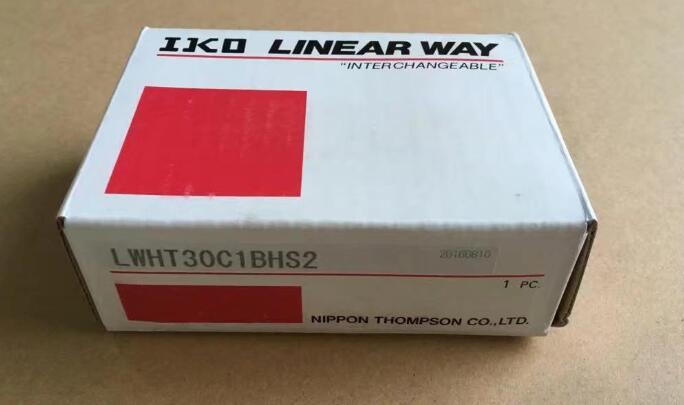Writer: Eric Bearing Limited
In principle, all IKO bearings should be kept in their original packaging before installation. They need to stay in a clean, moisture-free, relatively constant temperature environment. Rolling bearings should be kept away from dust, water and corrosive chemicals. Shaking and vibration may permanently destroy the mechanical properties of IKO bearings, so vibration must be avoided during handling and storage.
Basically, all IKO bearings must be stored horizontally, because some heavy bearings may be deformed due to their own weight after being placed vertically for a long time.
Pre-coated grease (or sealed) IKO bearings require special care, as the density of grease will change after prolonged storage. In this way, when IKO bearings are used for the first time, there will be a certain degree of rotation noise. Therefore, the shelving time of such IKO bearings should be controlled according to the first-in first-out principle.
Cleanliness is very important for rolling IKO bearings. The surface roughness of the rotating surface of IKO bearing rings and rolling elements is usually 1/10 μm. Such a smooth surface is very sensitive to damage caused by contaminants. The lubricating layer between the rotating surfaces is usually 0.2~1 μm. Particulate impurities larger than the lubricant particle size will be excessively crushed by the rolling elements and cause local pressure in the IKO bearing steel, which will eventually lead to permanent material fatigue.
In addition to this, the size of dust particles in the external environment can reach 10 μm, which can also cause damage to IKO bearings. Therefore, a clean and dust-free environment is essential for bearing storage and installation. ERIC BEARING LTD are IKO bearings professional distributor , we can provide many kinds of IKO products .

IKO bearings should be carefully installed and removed using suitable tools. Industry experts estimate that 16% of premature bearing failures are due to incorrect installation. For a large number of installations (for example, in production equipment), the installation is usually controlled under strict conditions, and suitable IKO bearing installation equipment can also be used.
However, in maintenance or replacement work, the environment is diverse. Therefore, in order to ensure the longest service life of IKO bearings, comprehensive preparation is necessary for bearing installation.
Related documents, such as drawings, maintenance manuals, product manuals, etc., need to be carefully studied.
Next, all IKO bearing components, such as shafts, distance rings, covers, washers, etc. must be kept absolutely clean and free from contamination. The status of adjacent parts should also be carefully checked.
In order to judge whether the disassembled IKO bearing can be used again, it should be checked after the bearing is cleaned. Carefully check the condition of the raceway surface, rolling surface, and mating surface, the wear of the cage, the increase in the clearance of the IKO bearing, and whether there is any damage or abnormality related to the decline in dimensional accuracy.
For non-separable small ball bearings, use one hand to support the inner ring horizontally, and rotate the outer ring to confirm whether it is smooth.
Separate IKO bearings, such as tapered roller bearings, can check the rolling elements and the raceway surfaces of the outer ring separately.
Since large bearings cannot be rotated by hand, pay attention to check the appearance of rolling elements, raceway surfaces, cages, rib surfaces, etc. The higher the importance of IKO bearings, the more careful inspection is required.
The judgment of whether it can be reused is determined by considering the degree of IKO bearing damage, mechanical performance, importance, operating conditions, and the period until the next maintenance. However, if there are any of the following defects, they can no longer be used. New IKO bearings must be replaced.
1. Any one of the inner ring, outer ring, rolling element, and cage has cracks or gaps.
2. There is a break in any of the ferrule and rolling element.
3. There is significant slack on the raceway surface, ribs and rolling elements.
4. There is rust on the raceway surface and rolling body, which may cause injuries.
5. There are serious indentations and scratches on the raceway surface and rolling elements.
6. There is obvious creep on the inner diameter surface of the inner ring or the outer diameter surface of the outer ring.
7. Discoloration caused by heat is obvious.
8. IKO bearings sealed with grease have obvious damage to the seal ring or the dust cover.
Tel: 00852-30697500
Fax: 00852-30697511
Email: sales@ericbearing.com
Message: Click Here Message!